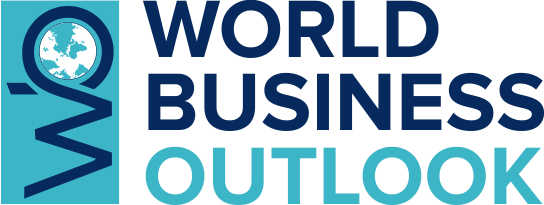China's Consumer Inflation Accelerates to Five-Month High in January 2025

China's consumer price inflation surged to its fastest pace in five months in January, the National Bureau of Statistics (NBS) reported on Sunday. The Consumer Price Index (CPI), a key measure of inflation, rose by 0.5% year-on-year, reflecting stronger consumer demand during the Lunar New Year holiday.

Meanwhile, producer prices remained in contraction, highlighting weak manufacturing activity and uneven consumer spending.
According to NBS statistician Dong Lijuan, the January CPI increase exceeded the 0.1% growth recorded in December, largely due to seasonal effects tied to the holiday. The reading also surpassed economists' forecasts of a 0.4% rise, as per a Reuters poll.
Core CPI, which excludes food and energy prices, climbed by 0.6% year-on-year, up from December’s 0.4%, according to Xinhua. On a monthly basis, CPI rose by 0.7% in January.
Despite the consumer inflation uptick, analysts warn that deflationary pressures persist in China. They argue that unless policymakers successfully stimulate domestic demand, weak economic momentum could continue. The situation has been further strained by U.S. tariffs on Chinese goods, initially imposed by former President Donald Trump, which have added pressure on Beijing to implement growth-boosting measures.
The NBS data also showed that the Producer Price Index (PPI), which tracks factory gate prices, declined by 2.3% year-on-year in January, maintaining the same pace of contraction seen in December. The drop was steeper than the expected 2.1% decline and marked the 28th consecutive month of falling factory prices. On a monthly basis, PPI fell by 0.2% in January.
China's manufacturing sector unexpectedly shrank in January, while service sector activity also weakened, adding to concerns about economic growth. Calls for additional stimulus measures have intensified as policymakers attempt to sustain economic momentum.
While Beijing is widely expected to maintain its annual GDP growth target at around 5% for 2025, new U.S. tariffs could weigh on exports, creating additional challenges for the world’s second-largest economy.























